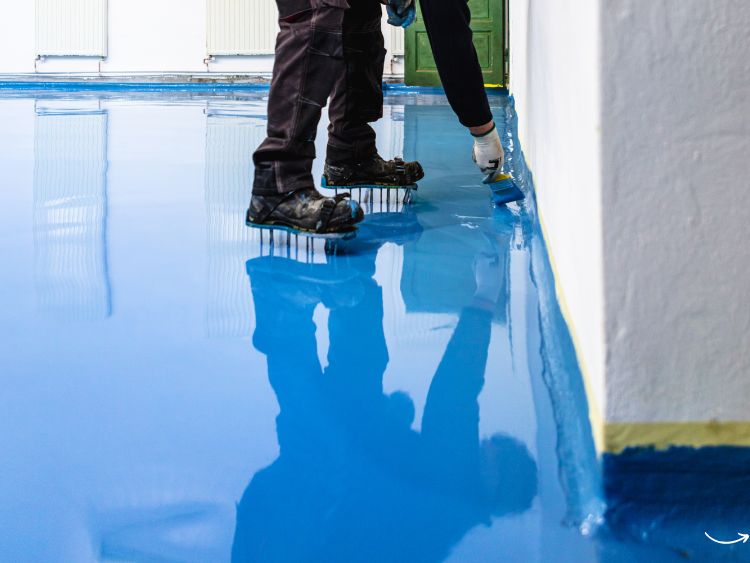Is your mobile home floor starting to show its age? Floors in mobile homes can take quite a beating over time, whether it’s from heavy foot traffic, accidental spills, or just the wear and tear of daily life. Fortunately, mobile home floor repair isn’t as daunting as it might seem. In this article, we’ll guide you through everything you need to know about fixing your floors, ensuring they’re as good as new in no time.
Why Mobile Home Floors Need Special Attention
Mobile homes, while a great housing option for many, have unique flooring needs. Unlike traditional homes, the flooring in mobile homes is often subjected to different stressors due to their construction and mobility. This makes understanding and executing repairs crucial for maintaining the structural integrity and comfort of your home.
Common Issues with Mobile Home Floors
Before diving into the repair process, it’s essential to identify common problems that might be affecting your floors. Here are a few frequent issues:
- Soft Spots: These are usually caused by water damage or subfloor deterioration.
- Squeaks and Creaks: Often due to loose or improperly secured subflooring.
- Warped or Buckled Floors: Typically the result of moisture exposure or structural shifting.
- Stains and Discoloration: Can be caused by spills, pet accidents, or mold growth.
Assessing the Damage
To start your mobile home floor repair, you need to assess the extent of the damage. This involves:
- Inspecting the Surface: Look for visible signs of damage like cracks, soft spots, or discoloration.
- Checking the Subfloor: If you suspect water damage, carefully lift the floor covering to inspect the subfloor.
- Evaluating the Joists: Structural issues might stem from damaged joists, which need a more thorough inspection.
Tools and Materials You’ll Need
Before you get your hands dirty, gather the necessary tools and materials:
- Safety Gear: Gloves, goggles, and knee pads.
- Basic Tools: Hammer, screwdriver, pry bar, tape measure, utility knife.
- Repair Materials: Plywood, wood screws, floor adhesive, sealant, replacement flooring.
Step-by-Step Mobile Home Floor Repair
Here’s a detailed guide to repairing your mobile home floor:
Step 1: Preparing the Area
Start by clearing the room of all furniture and personal items. This makes the workspace safer and more accessible. Use a pry bar to remove baseboards and trim carefully.
Step 2: Removing the Damaged Flooring
Use a utility knife to cut around the damaged area. Carefully lift and remove the old flooring, exposing the subfloor. Be cautious of nails and staples.
Step 3: Inspecting and Replacing the Subfloor
Check the subfloor for damage. If it’s soft or rotted, you’ll need to replace it. Cut out the damaged section using a circular saw. Ensure you cut along the joists for added support.
Step 4: Installing New Subfloor
Cut a piece of plywood to fit the gap. Secure it to the joists using wood screws, ensuring it’s flush with the existing subfloor. Apply floor adhesive to reinforce the bond.
Step 5: Installing New Flooring
Lay the new flooring material over the subfloor. Use the appropriate adhesive and secure the edges with nails or staples. Smooth out any bubbles or wrinkles if you’re using vinyl or laminate flooring.
Step 6: Sealing and Finishing
Seal the edges with a floor sealant to prevent moisture from seeping in. Reinstall the baseboards and trim. Finally, give the new floor a thorough cleaning.
Tips for Preventing Future Floor Damage
Prevention is always better than cure. Here are some tips to keep your mobile home floors in top shape:
- Regular Maintenance: Regularly inspect your floors for signs of wear and tear.
- Moisture Control: Use dehumidifiers and ensure proper ventilation to prevent moisture buildup.
- Protective Measures: Use mats and rugs in high-traffic areas to minimize wear.
FAQs
How often should I inspect my mobile home floors?
It’s a good idea to inspect your floors at least twice a year or whenever you notice any signs of damage. Early detection can prevent minor issues from becoming major problems.
Can I repair mobile home floors myself?
Absolutely! With the right tools and a bit of patience, most mobile home floor repairs can be done as a DIY project. However, for extensive damage, it might be best to consult a professional.
What’s the best flooring material for mobile homes?
Laminate, vinyl, and engineered wood are all excellent choices for mobile homes. They are durable, easy to install, and resistant to moisture and wear.
Summary
Mobile home floor repair doesn’t have to be a headache. By following these steps, you can ensure your floors are sturdy, safe, and beautiful. Regular maintenance and prompt repairs will go a long way in preserving the value and comfort of your mobile home. So, roll up your sleeves and give your floors the TLC they deserve!




